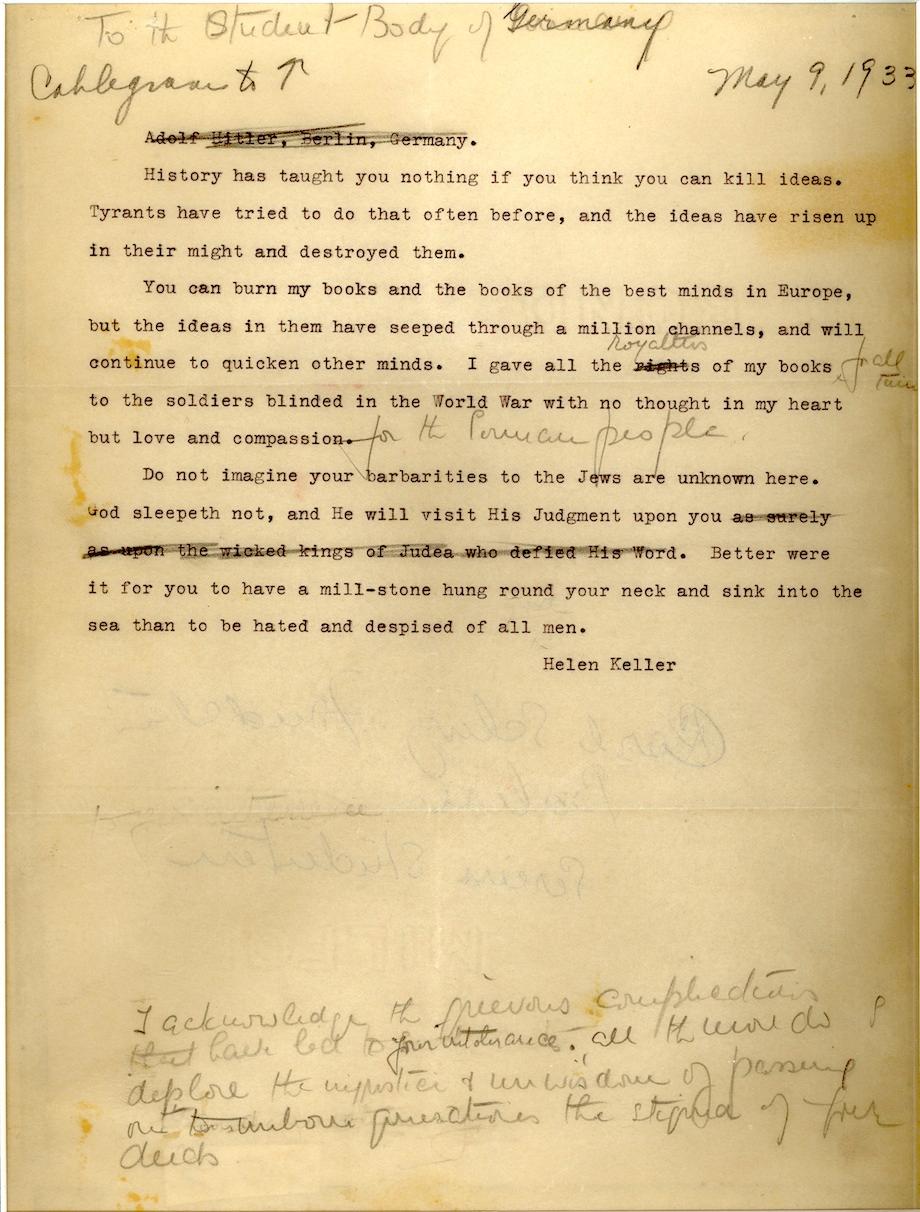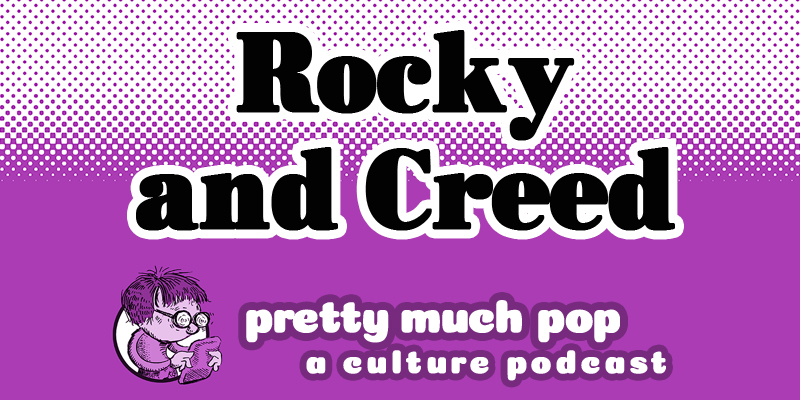Note: The great Tina Turner passed away today at her home in Switzerland. She was 83. From our archive, we’re bringing back an electric 1971 performance, a reminder of what made her … simply the best. The post below first appeared on our site in April 2021.
John Fogerty once said that he conceived the opening bars of “Proud Mary” in imitation of Beethoven’s Fifth symphony. It’s an unusual association for a song about a steamboat, but it works as a classic blues rock hook. Most people would say, however, that the song didn’t truly come into its own until Tina Turner began covering it in 1969.
“Proud Mary” helped Turner come back after a suicide attempt the previous year. Her version, released as a single in January 1971, “planted the seeds of her liberation as both an artist and a woman,” Jason Heller writes at The Atlantic, bringing Ike and Tina major crossover success. Their version of the CCR song “rose to No.4 on Billboard’s pop chart, sold more than 1 million copies, and earned Turner the first of her 12 Grammy Awards.” See her, Ike, and the Ikettes perform it live on Italian TV, above.
It’s a sadly ironic part of her story that the success of “Proud Mary” also helped keep Turner in an abusive relationship with her musical partner and husband Ike for another five years until she finally left him in 1976. She spent the next several decades telling her story as she rose to international fame as a solo artist, in memoirs, interviews, and in the biopic What’s Love Got to Do With It.
The new HBO documentary, Tina, tells the story again but also includes Turner’s weary response to it. Asked in 1993 why she did not go see What’s Love Got to Do With It, Turner replied, “the story was actually written so that I would no longer have to discuss the issue. I don’t love that it’s always talked about… this constant reminder, it’s not so good. I’m not so happy about it.”
Like all musicians, Turner liked to talk about the music. “Proud Mary,” the second single from Ike and Tina’s Workin’ Together, came about when they heard an audition tape of the song, which they’d been covering on stage. “Ike said, ‘You know, I forgot all about that tune.’ And I said let’s do it, but let’s change it. So in the car Ike plays the guitar, we just sort of jam. And we just sort of broke into the black version of it.”
She may have given Ike credit for the idea, but the execution was all Tina (and the extraordinary Ikettes), and the song became a staple of her solo act for decades. Now, with Tina, it seems she may be leaving public life for good. “When do you stop being proud? How do you bow out slowly — just go away?” she says.
It’s a question she’s been asking with “Proud Mary” for half a century — onstage working day and night — a song, she said last year, that could be summed up in a single word, “Freedom.”
If you would like to sign up for Open Culture’s free email newsletter, please find it here. It’s a great way to see our new posts, all bundled in one email, each day.
If you would like to support the mission of Open Culture, consider making a donation to our site. It’s hard to rely 100% on ads, and your contributions will help us continue providing the best free cultural and educational materials to learners everywhere. You can contribute through PayPal, Patreon, and Venmo (@openculture). Thanks!
Related Content:
How Aretha Franklin Turned Otis Redding’s “Respect” Into a Civil Rights and Feminist Anthem
Watch the Earliest Known Footage of the Jimi Hendrix Experience (February, 1967)
Josh Jones is a writer and musician based in Durham, NC. Follow him at @jdmagness




